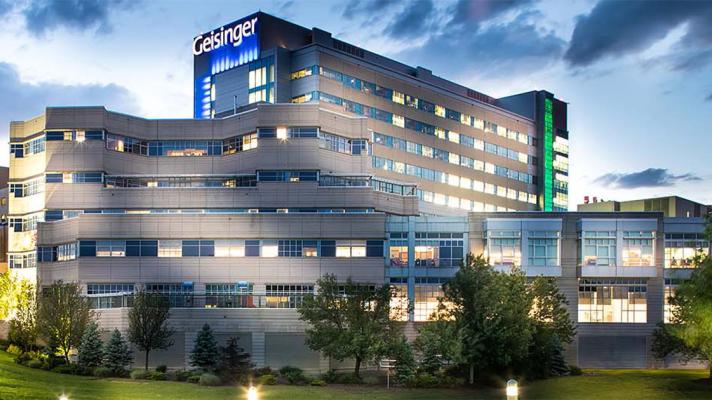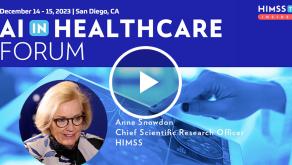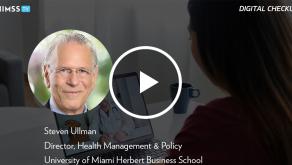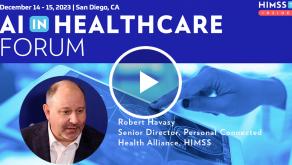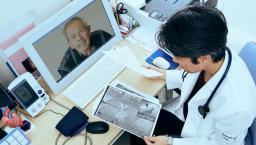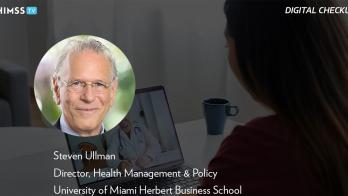Evara Health is tackling chronic conditions and saving lives with RPM

Howard Rubin, CIO, Evara Health
Photo: Evara Health
A while back, Evara Health had briefly considered remote patient monitoring as a service, but the federally qualified health center never had the necessary funding.
THE PROBLEM
With so many patients being elderly or having transportation issues, the organization recognized the need to better monitor patients with chronic diseases who were not able to come into clinics regularly.
Evara also needed a way to better monitor patients being discharged from the ER to reduce the likelihood they would need to come back. Unfortunately, Medicaid does not provide reimbursement for RPM services. As an FQHC, Evara did not qualify for reimbursement from Medicare.
"With more than half of our patients on Medicaid and another quarter uninsured, we had no way to fund the initial startup costs or the ongoing service costs," said Howard Rubin, CIO at Evara Health. "We had applied for a number of grants to start up a program. In late 2021, we were fortunate to be awarded one of the FCC telehealth grants, which gave us the funding to initiate an RPM program."
PROPOSAL
Evara Health selected Health Recovery Solutions as its RPM vendor.
"Our plan was to initially tie our RPM program to our Medical Home@Home (MH@H) service," Rubin recalled. "We have teams of two medical assistants who make visits to our patients who have difficulty getting into one of our clinics. These patients are typically homebound and have multiple chronic diseases or have been recently discharged from the hospital and need extra attention."
MARKETPLACE
There are many vendors of connected health and remote patient monitoring technology and services on the health IT market today. Healthcare IT News published a special report highlighting many of these vendors with detailed descriptions of their products. Click here to read the special report.
MEETING THE CHALLENGE
Evara has the MH@H team take the RPM kit with them to the patient's home, help the patient get it set up, take the initial set of readings and answer any questions.
"Our value-based services nursing team then monitors these patients in between MH@H visits," Rubin noted. "We worked closely with our clinical leadership to develop acceptable ranges for the various readings so if a reading was out of that range, it would alert the nurses on the portal they monitor.
"One of the benefits of the RPM product we use is we can adjust those alert readings by patient if needed, so if a particular patient tends to run a higher than normal blood pressure, the system isn’t constantly sending alerts," he continued.
When a nurse sees an alert, they contact the patient directly to see what is happening. Then, if needed, the nurse alerts a provider who can review the readings, talk to the patient, place any orders, if necessary, and request an MH@H team make a visit, if needed.
"Since the initial rollout, we’ve now expanded to enrolling patients in our clinics when referred by their provider," Rubin said. "The nurse in the clinic helps familiarize the patient with the kit, or the mobile version – an app on a smartphone that is Bluetooth-connected to the appropriate devices.
"These are not necessarily patients with transportation issues but may have a single or unique condition that the provider wants to monitor for a period of time," he continued. "We’ve also recently rolled out a new patient cohort where we are enrolling pregnant and postpartum patients in the service to monitor for gestational diabetes or hypertension."
Evara Health was migrating to a new EHR at the time it began the RPM project, going from Greenway Intergy to Epic, so it decided to initially just use the Health Recovery Solutions clinician portal for monitoring the patients, rather than try to integrate the system with Epic during the transition.
"Our nurses can cut and paste relevant information from the portal into the patient chart in Epic, in addition to any pertinent notes," he explained. "We are now working with our partner, Health Choice Network, to implement an interface between Health Recovery Solutions and Epic to have the information flow automatically from the portal into the patient chart in Epic."
RESULTS
Rubin said the organization has seen good results overall, but it has taken a while.
"Across our enrolled patient population, we’ve seen anywhere from 5% to as much as 20% improvements in high blood pressure and high A1c (glucose) rates," he reported. "We’ve also seen a significant increase in testing rates as patients become more comfortable with the technology, which helps us identify any trends that could be concerning.
"We’ve also seen some very specific cases where the RPM technology has had a lifesaving impact on our patients," he added.
There are two such cases Rubin can highlight.
"In the first case, one of our nurses got an alert about a patient's blood pressure being high and called the patient," he said. "After a short conversation, she determined the patient was having a heart attack and called 911 to take him to the hospital, where he had a stent put in, saving his life.
"In the second case, we had an expectant mom on RPM and the nurse identified she had elevated blood pressure," he related. "Again, after a conversation with the patient, she recommended the patient go to the hospital immediately. It turned out she was experiencing initial stages of eclampsia, which could have threatened both her and her baby’s lives."
ADVICE FOR OTHERS
"The first thing to consider is what problem are you trying to solve and what patient cohort you are looking to enroll," Rubin advised. "It’s critical to be clear on how this technology is going to be used and what will be considered successful.
"The second item is to have a well thought out and documented rollout plan, with a detailed marketing plan," he continued. "It’s important that whoever is enrolling patients has a script to be able to address any concerns quickly and clearly."
It is imperative that a clinical champion be identified upfront to help encourage the clinical teams to refer and enroll patients in the program, he added.
"Sometimes staff will look at this as extra work and not necessarily see the value, so it’s imperative that there be someone from the clinical team speaking with and encouraging them," he said.
"You also need to identify the funding path," he concluded. "Frequently the initial purchase of the equipment may be covered by a grant or other source, but the ongoing monthly service costs can quickly add up. In addition, depending on the organization’s structure and insurance coverage, they need to consider whether there is any potential reimbursement for the RPM services and what documentation would be required to receive that."
Follow Bill's HIT coverage on LinkedIn: Bill Siwicki
Email him: bsiwicki@himss.org
Healthcare IT News is a HIMSS Media publication.




